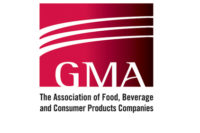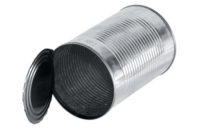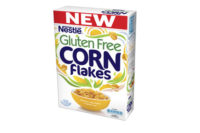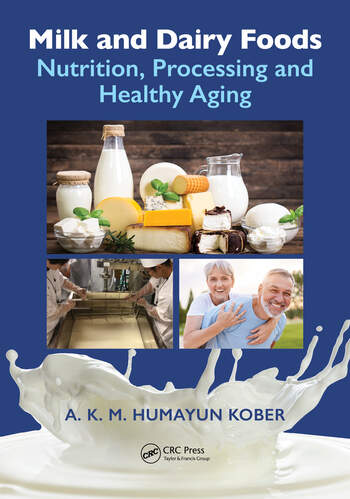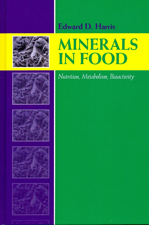TECH FLASH
Self-regulation improves nutrition in children’s cereal
Participants in the Children’s Food and Beverage Advertising Initiative reduce sugars, calories and sodium and increase the amount of whole grains.

Everyone had a favorite cereal growing up. Chances are, unless you were that one child who had a strange obsession with Shredded Wheat or Corn Flakes, health content wasn’t a top priority. Rather, the most prized brands in a child’s mind were often packed with sugar and rounded out by the inclusion of endearing mascots or a witty slogan or jingle. But times have changed, and parents are ditching these iconic brands in favor of healthier options.
This doesn’t mean we should hold funerals for our beloved characters whose cereal brought us so many memories. Instead, many of the largest manufacturers of children’s food are going back into the kitchen to reformulate these brands to deliver the healthier products today’s consumers want for their children.
According to the Better Business Bureau (BBB), ready-to-eat cereals advertised to children are rapidly improving nutritionally. In just a few years, participants in BBB’s Children’s Food and Beverage Advertising Initiative (CFBAI) reduced sugars, calories and sodium and increased the amount of whole grains, fiber and vitamins in the cereals they advertised to children.
The CFBAI is a voluntary advertising self-regulation program that has set nutrition standards for foods its participants may advertise to children under age 12. Its 18 participating companies—including General Mills, Kellogg Company, Post Foods, Dannon Company, Mondelez and Unilever—represent most of the child-directed food advertising on television.
“CFBAI’s nutrition standards are driving numerous improvements to the nutritional content of cereals, and other foods, advertised to children,” says Elaine Kolish, director of CFBAI and vice president of the Council of Better Business Bureaus. “Nearly half of the participants’ food advertisements on kids’ TV are for cereals, so this progress is significant in the fight against childhood obesity.”
Under self-regulation, the sugar content of cereals has gone down. All the participants’ regular one-ounce serving size cereals meet CFBAI’s limit of 10 grams per serving, and notably, half now contain nine grams or less. Before the CFBAI program began, BBB says some cereals contained as much as 15 grams of sugar per serving.
All the participants’ cereals contain no more than 130 calories per serving, and most contain no more than 110. The whole grain and positive nutrient content also has increased. Most of the participants’ cereals (77 percent) contain at least eight grams of whole grains per serving, an amount the 2010 Dietary Guidelines for Americans considers significant. One-third contain at least 12 grams per serving, and two-thirds list whole grains as the first ingredient. All the participants’ cereals are qualified as a “good” source (10-19 percent of the government-established Daily Value) of vitamin D, calcium and/or fiber, which are nutrients the 2010 DGA identifies as “nutrients of concern.”
CFBAI’s “2015 Cereal Snapshot” is available online here.
Looking for a reprint of this article?
From high-res PDFs to custom plaques, order your copy today!




